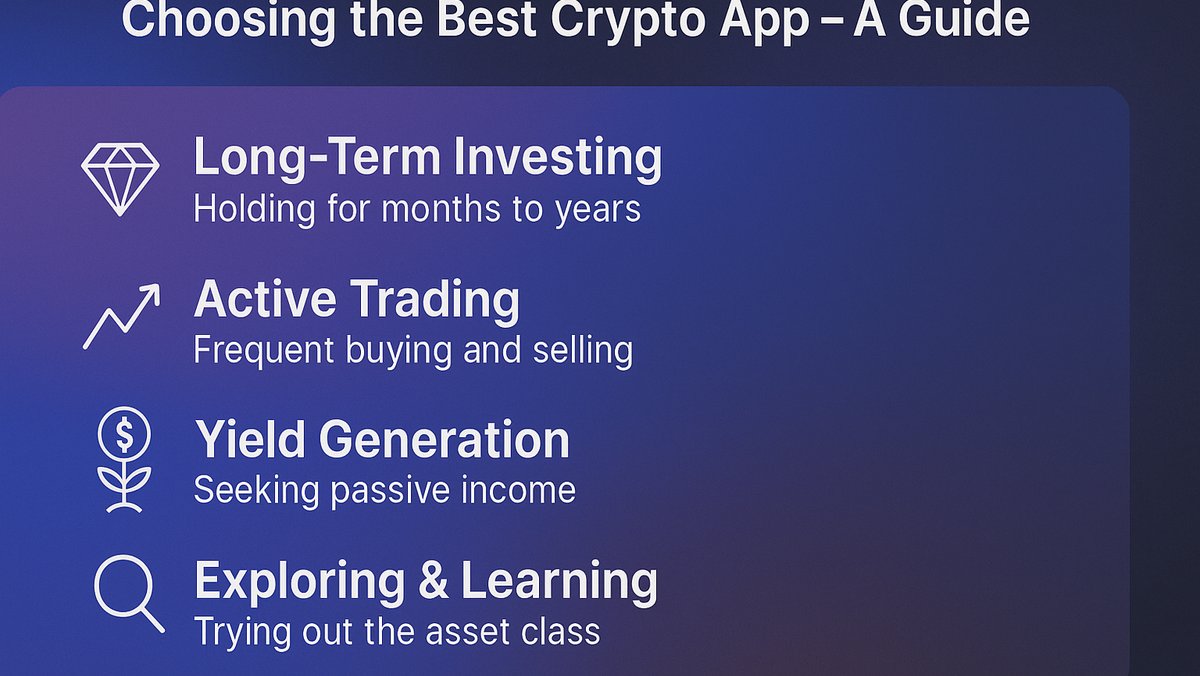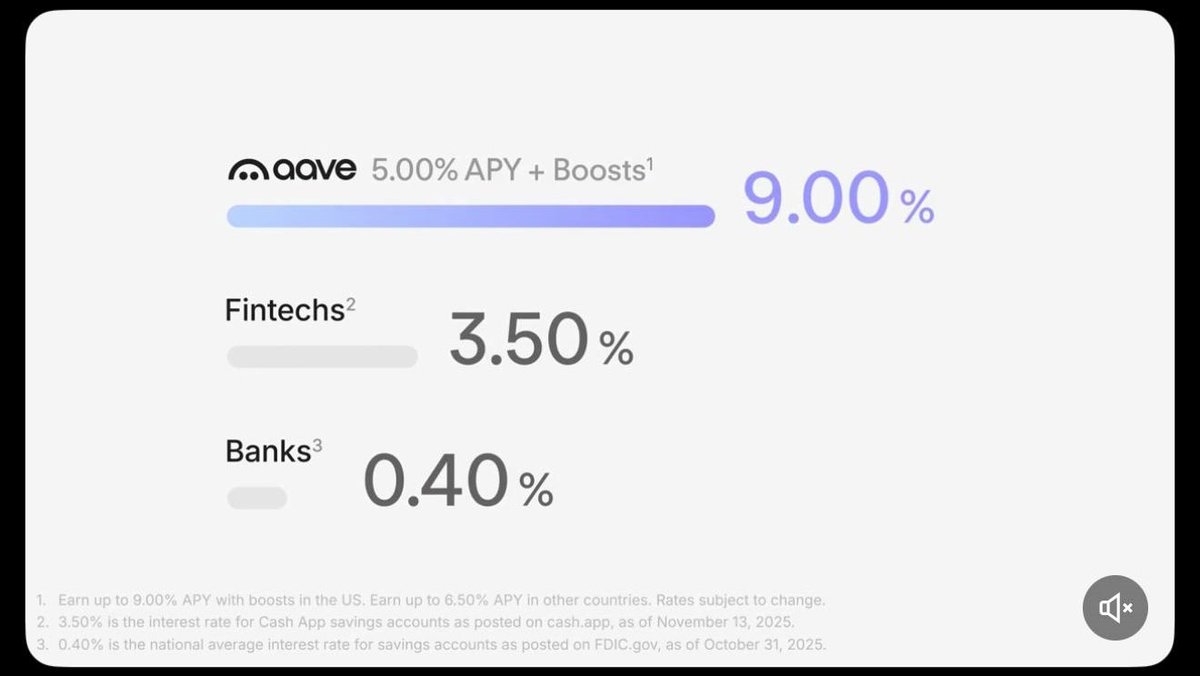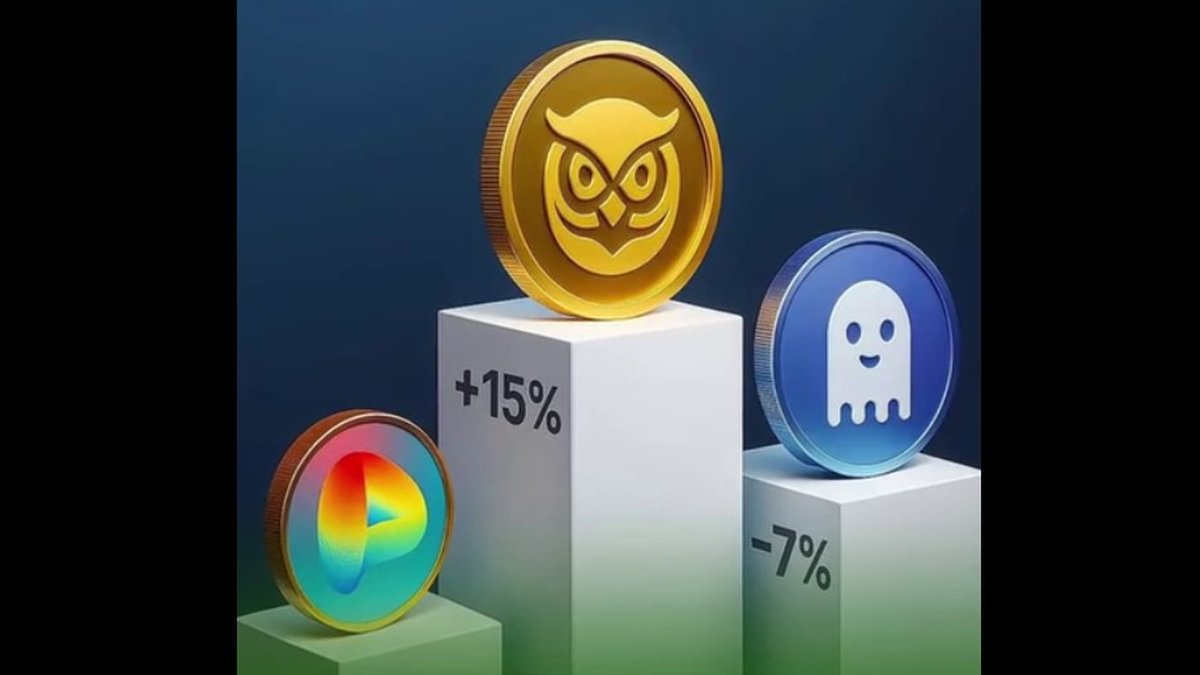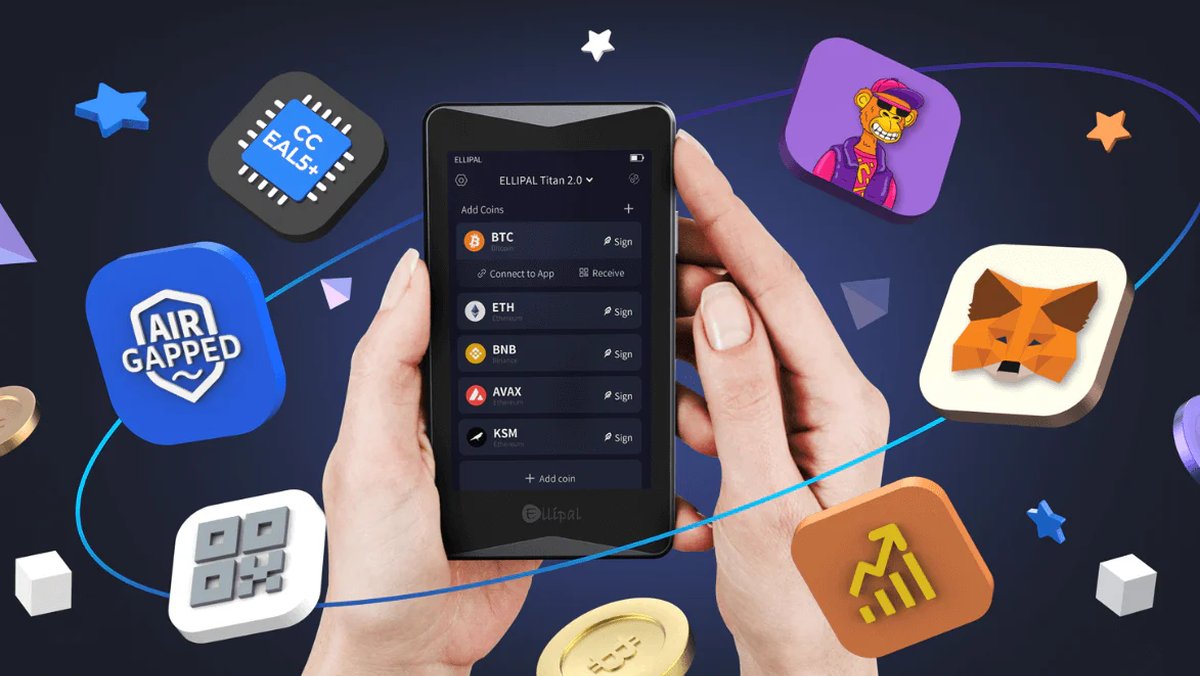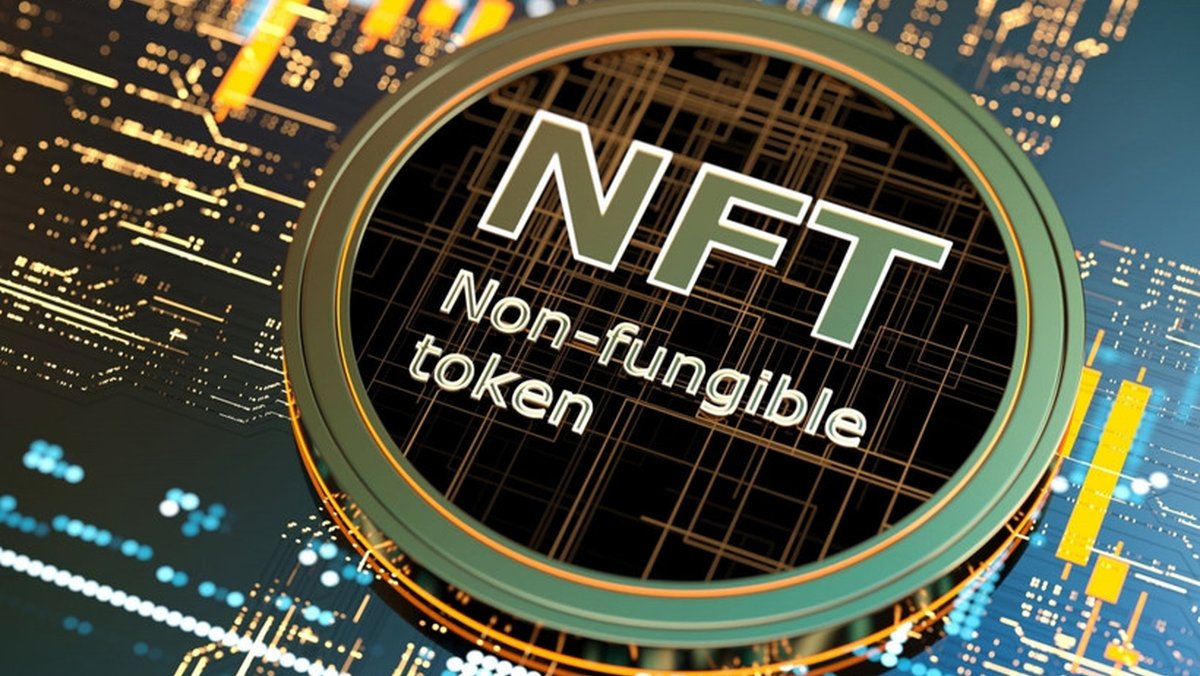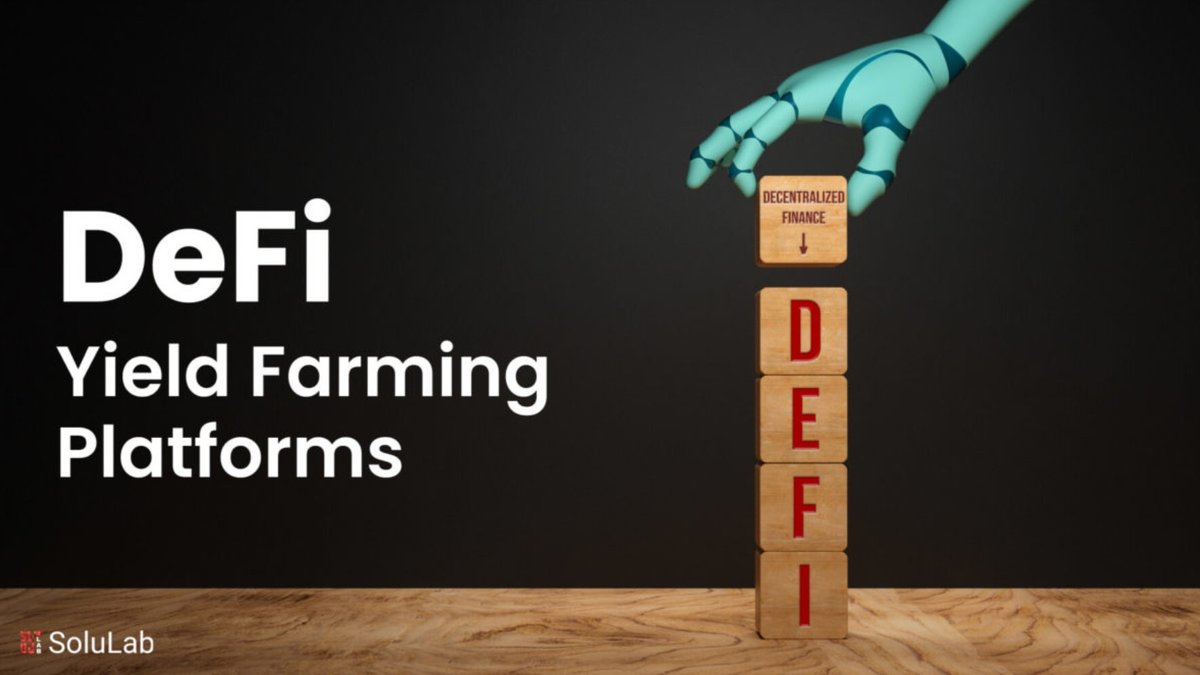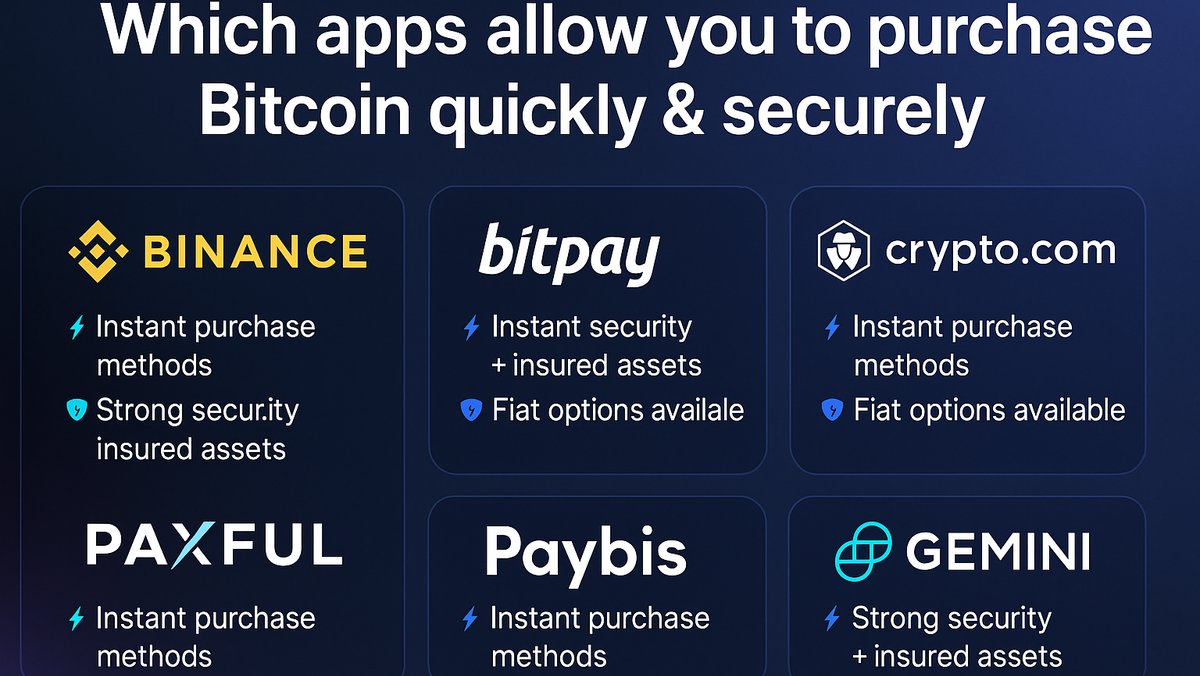How to Choose the Right Crypto App Based on Your Needs
With the rapid expansion of the cryptocurrency market, selecting the right crypto app has become one of the most important decisions for both new and experienced investors. The right app can determine not only how efficiently you trade, but also how secure your assets are and how easily you can access opportunities like staking, NFTs, or DeFi protocols. Choosing wisely requires more than just downloading the most popular app—it means aligning your choice with your trading style, risk tolerance, and long-term investment goals.
Understanding the Different Types of Crypto Apps
Exchange-Based Apps
These apps, such as Coinbase, Binance, or Kraken, are built around cryptocurrency exchanges. They allow users to buy, sell, and trade digital assets directly. Some also offer features like staking, margin trading, or integrated wallets. They are ideal for active traders who want liquidity and a wide selection of tokens.
Wallet Apps
Wallet-focused apps, like MetaMask or Trust Wallet, prioritize asset storage and decentralized application (dApp) access. They are essential for users who want control of their private keys and direct interaction with DeFi platforms or NFT marketplaces. Unlike custodial apps, wallet apps make you the true owner of your crypto.
Brokerage and Investment Apps
Some traditional financial apps, such as Robinhood or Fidelity, now include crypto. These platforms appeal to investors who want to manage crypto alongside stocks, ETFs, and bonds in a single portfolio. They often have fewer crypto options, but provide the comfort of regulation and simplified tax reporting.
Specialized Apps
These include apps focused on staking rewards, crypto tax reporting, or earning passive income via DeFi. Examples include BlockFi (lending) or Koinly (tax management). Specialized apps are useful for investors with niche needs beyond simple trading.
Key Factors to Consider When Choosing a Crypto App
- Security: Does the app provide strong security protocols such as two-factor authentication, biometric login, or cold storage? For non-custodial wallets, does it allow backup and recovery options?
- User Experience: A clean, intuitive interface can make or break your trading experience. Beginners may prefer apps with tutorials and streamlined onboarding.
- Supported Assets: Not every app lists the same cryptocurrencies. Ensure the app supports the tokens or networks you’re interested in.
- Fees: Compare transaction fees, withdrawal costs, and hidden charges. High-frequency traders should look for apps with low or tiered fee structures.
- Regulatory Compliance: Apps operating under clear legal frameworks provide better protection for investors. Regulatory compliance is especially important for long-term holders.
- Additional Features: Some apps offer staking, yield farming, or built-in analytics tools. Choose features that align with your strategy rather than getting distracted by unnecessary extras.
Matching Apps to Your Trading Style
For Active Traders
High-frequency traders benefit most from exchange-based apps that offer advanced charting, low fees, and high liquidity. Binance or Kraken might be better suited than wallet apps.
For Long-Term Holders
Investors following a buy-and-hold strategy often prefer apps with strong security and regulated custodianship. Fidelity or Coinbase may offer the balance of compliance and ease-of-use needed for peace of mind.
For DeFi Enthusiasts
Those who want to participate in decentralized finance will gravitate toward non-custodial wallets like MetaMask or Trust Wallet, as these apps integrate directly with DeFi protocols and NFT marketplaces.
For Passive Income Seekers
If your goal is earning yield, staking apps or lending platforms such as Nexo or BlockFi may be more appropriate. Always weigh potential returns against the risks of custodial arrangements.
Risks and Considerations
No app is perfect, and every choice comes with risks. Crypto apps may be vulnerable to hacks or sudden regulatory changes. Traditional brokerages may restrict withdrawals or offer only limited crypto access. Consider these factors:
- Custodial vs Non-Custodial: Do you want to own your private keys, or are you comfortable with a third party holding them?
- Market Volatility: Apps with leverage or margin features can amplify risks in already volatile markets.
- Hidden Costs: Some apps advertise low fees but make profits through spreads or delayed order execution.
- Liquidity: Smaller apps may have lower liquidity, making it harder to trade large amounts without price slippage.
Investment Outlook
As crypto matures, the line between traditional finance apps and crypto-native apps will continue to blur. By 2026, we may see hybrid platforms offering full integration of DeFi protocols with regulated brokerage services. This means investors should remain flexible, ready to adapt as new apps emerge and regulations evolve.
Conclusion
The best crypto app is not necessarily the one with the most downloads—it’s the one that aligns with your investment style and long-term objectives. Whether you prioritize security, innovation, regulatory oversight, or passive income, making an informed choice today can significantly shape your crypto journey tomorrow.
Further Reading and Resources
Signals | Fidelity Crypto | Market
Frequently Asked Questions
1. What should beginners look for in a crypto app? Simplicity, strong security, and educational resources are key. Apps like Coinbase are beginner-friendly.
2. Which apps are safest? Non-custodial wallets like MetaMask provide ownership of private keys, while regulated brokers like Fidelity provide legal protections.
3. How do fees vary between apps? Exchange-based apps often charge per trade, while brokers may use spreads. Always review fee schedules before committing.
4. Can I use multiple apps? Yes. Many investors use one app for trading, another for storage, and another for DeFi access to diversify functionality and reduce risk.
5. Will crypto apps replace traditional brokers? Not entirely. The two are likely to coexist, with growing overlap as financial ecosystems merge.

